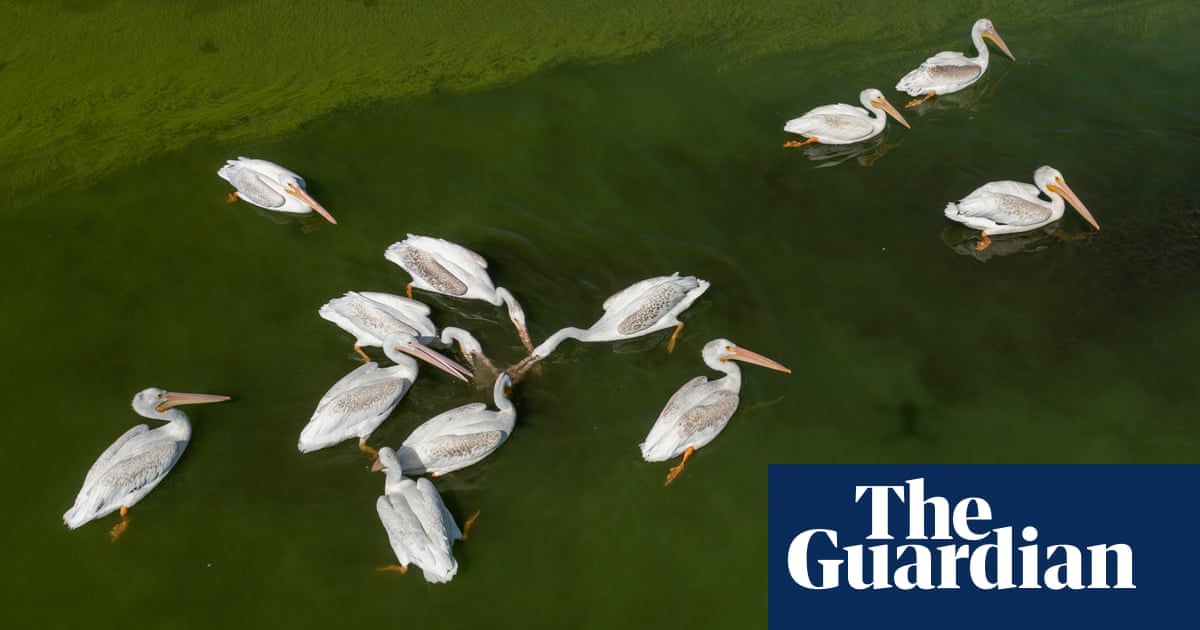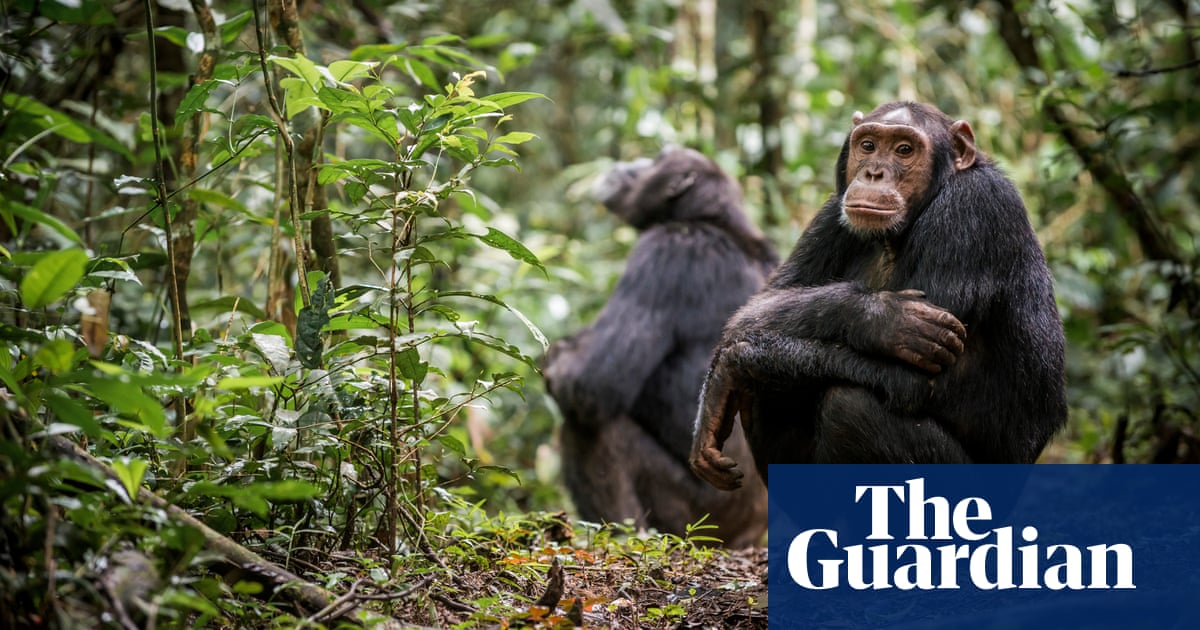Blue-green algae, or cyanobacteria, come in many forms and have generally got a bad press, mainly because five of the 2,000 identified species can produce some of the deadliest toxins known to science.
At the same time, they are among the oldest organisms in the world, dating back 2.1bn years, and we owe them a debt of gratitude.
Cyanobacteria were the first organisms to use photosynthesis, turning carbon dioxide into oxygen. They are responsible for creating the oxygen-rich atmosphere that enabled life on Earth to flourish and humans to evolve.
In their untold trillions, in almost every environment where there is water, even on damp rocks in deserts, they continue this valuable service, keeping the atmosphere safe for mammals to breathe.
But in nutrient-rich water, created by farm waste or sewage released into rivers and lakes, blue-green algae multiply fast, especially in warm sunshine. This is dangerous in still waters where they form dense rafts of scum that deprive the waters below of oxygen, killing fish.
In some circumstances they also create toxins that can poison animals and humans that drink it. Only laboratory tests can establish whether such algae blooms are toxic but anyone seeing one is advised to avoid it and report its presence.



